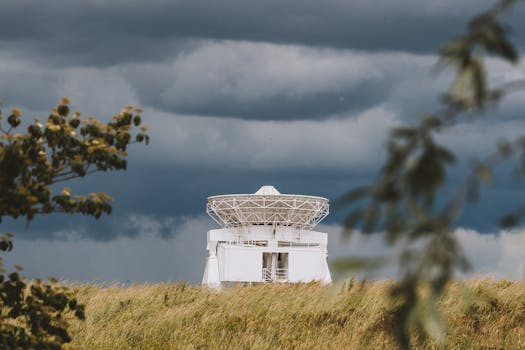GEO Satellites: Understanding the Technology and Importance of Geostationary Orbit
GEO satellites are a crucial part of modern telecommunications, providing a wide range of services including television broadcasting, telecommunications, and weather forecasting. In this article, we will delve into the world of GEO satellites, exploring their technology, importance, and applications.

GEO Satellites: Understanding the Technology and Importance of Geostationary Orbit
GEO satellites, or Geostationary satellites, are a type of satellite that orbits the Earth at an altitude of approximately 36,000 kilometers above the equator. At this altitude, the satellite’s orbital period is exactly one day, which means it appears to be stationary in the sky, hence the name Geostationary. GEO satellites are a crucial part of modern telecommunications, providing a wide range of services including television broadcasting, telecommunications, and weather forecasting.
The technology behind GEO satellites is complex and fascinating. These satellites are equipped with transponders that receive and retransmit signals from Earth, allowing them to communicate with multiple locations simultaneously. The signals are transmitted through a large antenna on the satellite, which is pointed towards the Earth. The satellite’s position in geostationary orbit allows it to cover a wide area of the Earth’s surface, making it an ideal platform for broadcasting and telecommunications.
History of GEO Satellites
The concept of GEO satellites was first proposed by scientist Arthur C. Clarke in 1945. However, it wasn’t until the 1960s that the first GEO satellite was launched. The first commercial GEO satellite, Intelsat 1, was launched in 1965 and provided telecommunications services between the United States and Europe. Since then, the number of GEO satellites has grown rapidly, with hundreds of satellites currently in orbit around the Earth.
One of the key advantages of GEO satellites is their ability to provide continuous coverage of a wide area. This makes them ideal for applications such as television broadcasting, where a signal needs to be transmitted to a large number of receivers. GEO satellites are also used for telecommunications, providing telephone and internet services to remote areas where other forms of communication are not available.
Applications of GEO Satellites
GEO satellites have a wide range of applications, including television broadcasting, telecommunications, weather forecasting, and navigation. They are also used for military communications, remote sensing, and Earth observation. In addition, GEO satellites are used for scientific research, such as studying the Earth’s climate and monitoring the environment.
Television broadcasting is one of the most common applications of GEO satellites. Many television channels are broadcast via GEO satellites, allowing them to reach a wide audience. The satellites are also used for telecommunications, providing telephone and internet services to remote areas. Weather forecasting is another important application of GEO satellites, as they are used to monitor the weather and provide early warnings of severe weather events.
Challenges and Limitations of GEO Satellites
While GEO satellites have many advantages, they also have some challenges and limitations. One of the main challenges is the high cost of launching and maintaining a GEO satellite. The satellites are also subject to interference from other satellites and terrestrial systems, which can affect their performance. In addition, GEO satellites have a limited lifespan, typically ranging from 10 to 15 years, after which they need to be replaced.
Another challenge facing GEO satellites is the increasing congestion in geostationary orbit. As more and more satellites are launched, the risk of collisions and interference increases. This has led to concerns about the long-term sustainability of the geostationary orbit and the need for more effective management of the orbit.



